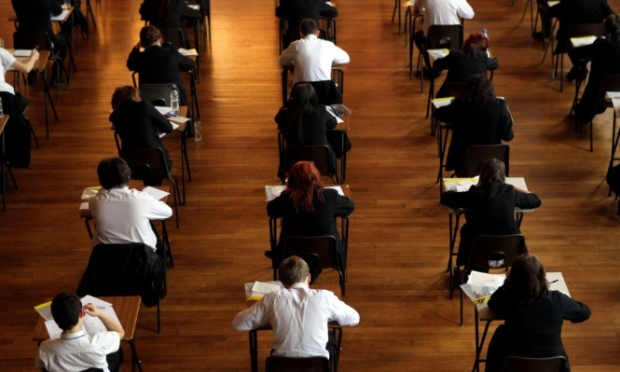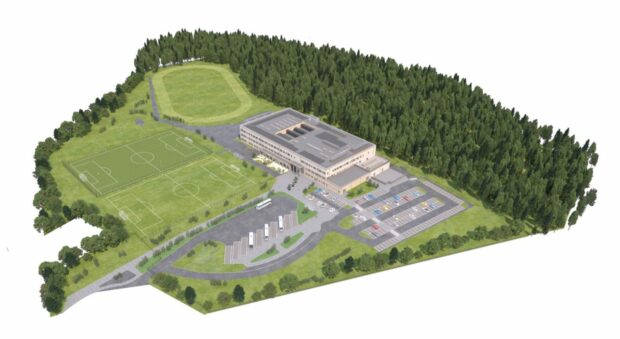A national testing framework will be a “backward step” for Angus schools, according to a local councillor.
New standardised assessments will be used in all schools from August next year, with each local authority reporting their results to the Scottish Government.
Angus councillors on the children and learning committee have now been briefed on the assessments.
Former head teacher David May believes the changes, as part of the government’s National Improvement Framework (NIF), will lead to league tables for individual schools during a period of budgetary pressures.
The Lib Dem councillor for Montrose said: “The Scottish Government policy of moving towards standardised testing, or as they effectively will be national tests, is in my view a very backward step.
“The policy was a dropped as a failure and was massively criticised when it was used.”
The county’s primary and secondary schools currently use assessments from the Centre for Evaluation and Monitoring at Durham University.
These are used in Primary 1, 3, 5, and 7 and Secondary levels 1 and 2.
The Courier reported how the county’s primaries have recorded “slightly disappointing” results against national targets for reading, writing and numeracy, while its secondaries reported more encouraging results.
The new assessments will report the percentage of pupils achieving curriculum levels at P1, 4, 7 and S3.
In her report to committee, Angus schools chief Pauline Stephen commented that her schools “will be able to draw upon their knowledge and experience of using standardised testing to manage the transition to the use of the new national standardised assessments.”
Mr May added: “I do not want returned to league tables and the extra form-filling burden this will impose on teachers and the extra financial burdens this will impose on schools while they are facing cuts on their budgets.”
A spokesman for the Scottish Government said: “We will collect nationally, and at local authority level, data on the achievement of Curriculum for Excellence levels for literacy and numeracy at the end of P1, P4, P7 and S3.
“This will be based on teacher judgement – informed by standardised assessment – and will tell us how children and young people are progressing with their learning.”










